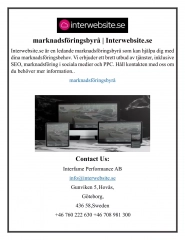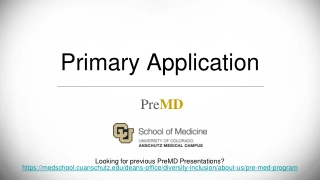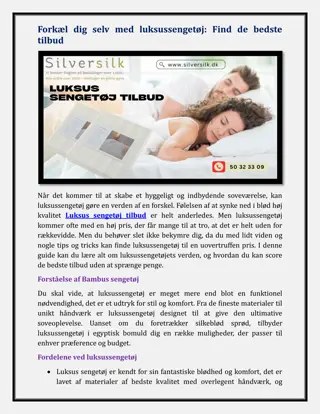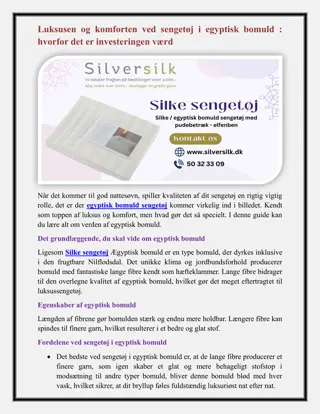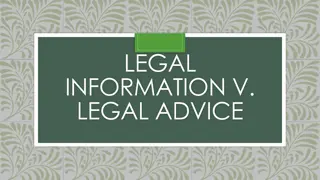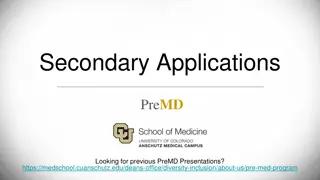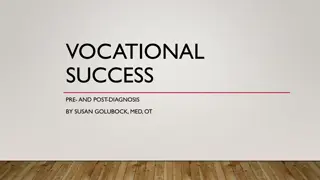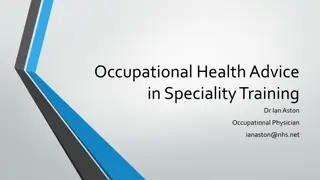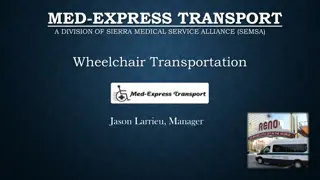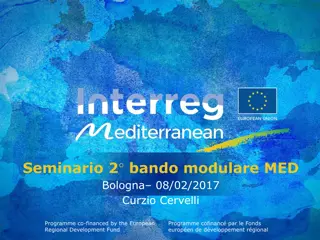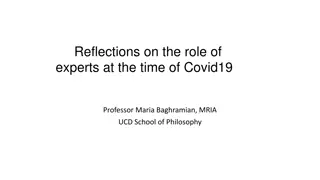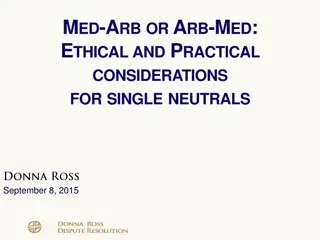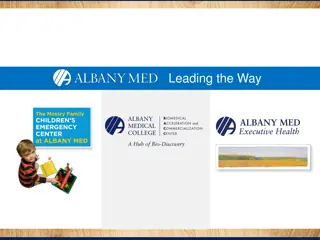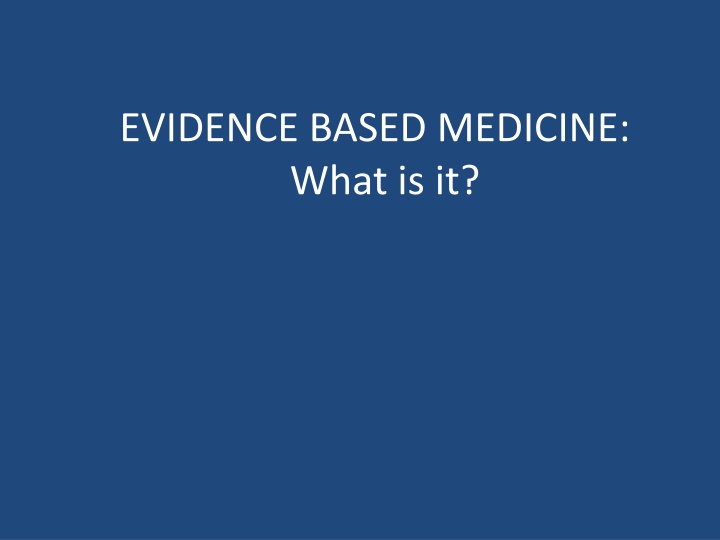
Evidence-Based Medicine in Clinical Practice
Explore the concept of Evidence-Based Medicine (EBM) and its application in sorting through vast information to identify valid and clinically useful data for patient care. Learn about the Slawson Equation, Levels of Evidence, and how EBM is used to evaluate study designs, guide practice changes, and provide critical content for examinations.
Download Presentation

Please find below an Image/Link to download the presentation.
The content on the website is provided AS IS for your information and personal use only. It may not be sold, licensed, or shared on other websites without obtaining consent from the author. If you encounter any issues during the download, it is possible that the publisher has removed the file from their server.
You are allowed to download the files provided on this website for personal or commercial use, subject to the condition that they are used lawfully. All files are the property of their respective owners.
The content on the website is provided AS IS for your information and personal use only. It may not be sold, licensed, or shared on other websites without obtaining consent from the author.
E N D
Presentation Transcript
EVIDENCE BASED MEDICINE: What is it?
Problem: How to sort through the vast sea of information Goal: In a timely manner, identify valid and clinically useful information that will help our patients
SLAWSON EQUATION Usefulness = Relevance x Validity Work Required
Level of Evidence Grades Study Design and Is Based upon Study Type
Studies of a Similar Subject Can Be Grouped for Systematic Review or, sometimes (if similar enough) Metaanalysis
EBM:How do you use it? A. To evaluate the design of clinical studies B. To guide change in clinical practice C. To provide content for examinations
A. Evaluate the design of clinical studies reported from the podium and in the literature. This is just one step in the evaluation process and clearly it alone is not sufficient.
We evaluate presentations (oral and written)using many criteria: 1)Relevance to our practice 2) Clinical significance 3) Study design 4) Source
EVALUATION Criteria Relevance Specific characteristic THR Clinical significance Lower infection rate by 75% Study design Level I or 2 Source Bernini
B. Change Practice Studies with high levels of evidence can be combined to change practice
Repeated level 1 and 2 studies from different sources which have similar findings should be a guide to best practices leading to the creation of clinical practice guidelines.
No single study (except one identifying failure or serious complication) should ever be used to change practice because no study is perfect: -bad luck - biases, especially external validity
Are Level 1 Studies the Only Right Answer? Absolutely not Many questions cannot be addressed in this manner Too costly ( time and money) Too narrow of a question May lack external validity
Level 2 and 3 studies, when integrated with clinical expertise, give us a better chance at arriving at the best treatment decisions for our patients.
Some key principles should be followed to conduct good level 2 and 3 studies Prospective, hypothesis driven Statistician involvement from day 1 Independent assessment of outcomes Patient based outcomes Large numbers
What do you do in its absence? Whatever you want!!!
What do you do in its absence? Eminence based medicine Vehemence based medicine Eloquence based medicine Providence based medicine Diffidence based medicine Confidence based medicine (limited to surgeons) Isaacs and Fitzgerald BMJ 1999:1618, 1999.
What do you do in its absence? Rely heavily on training and experience. This can be OK for recent graduates, but in orthopaedics after 5-10 years clinical practice has moved on, hopefully based on solid evidence.
EBM and the creation of clinical practice guidelines
PROBLEMS 1) There are too many injuries and diseases affecting the M-S system. Therefore only a few CPGs have been written. 2) Often the research reveals very little evidence on a specific subject (rotator cuff guidelines)
23 ROTATOR CUFF GUIDELINES: STRENGTH of RECOMMENDATION Consensus : 2 - Surgery should not be performed for asymptomatic full thickness rotator cuff tears. - Local cold therapy is beneficial to relieve pain after rotator cuff surgery.
Inconclusive:We cannot recommend for or against: Exercize programs Subacromial injections NSAIDS, ice, activity modification, heat The preferential use of suture anchors Arthroscopic vs. open repair of full thickness cuff tear The use of soft tissue allografts Etc,etc,etc
PROBLEMS 3) Inappropriate interpretation of evidence leads to denial of insurance coverage
As a result, Appropriate Use Criteria are being developed by AAOS Committee.
..CPGs tell us if a procedure works. AUCs specify when it is appropriate to perform that procedure or service. William WattersIII MD Chair, AAOS AUC Committee
When used cautiously and in the appropriate situation information with a higher level of evidence can improve patient care.
C. Provide Content For Examinations 1) OITE 2) ABOS Part I

